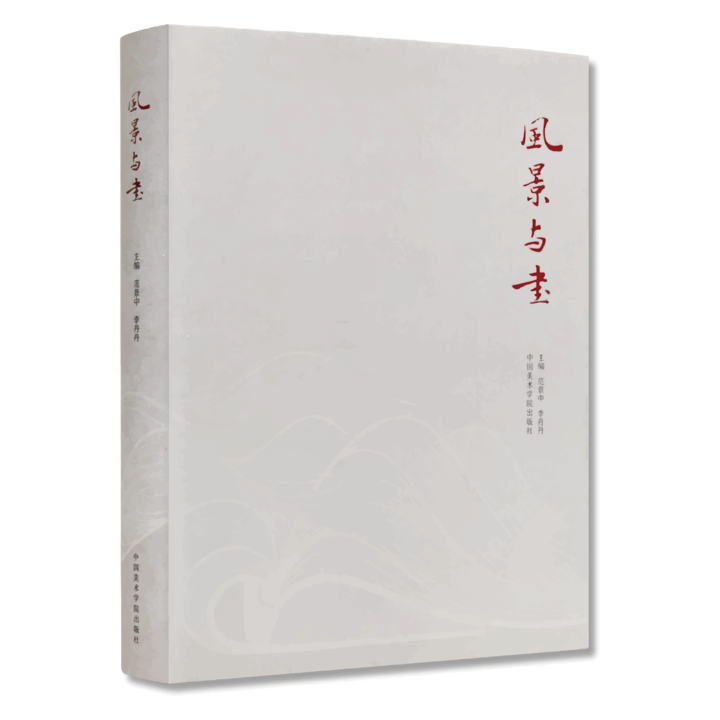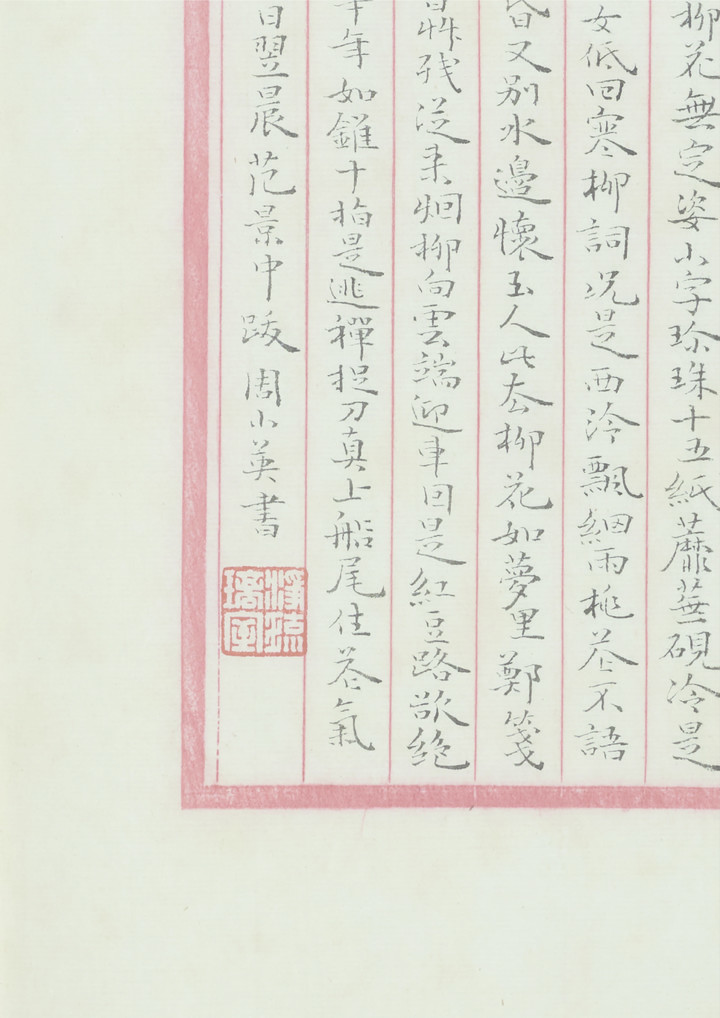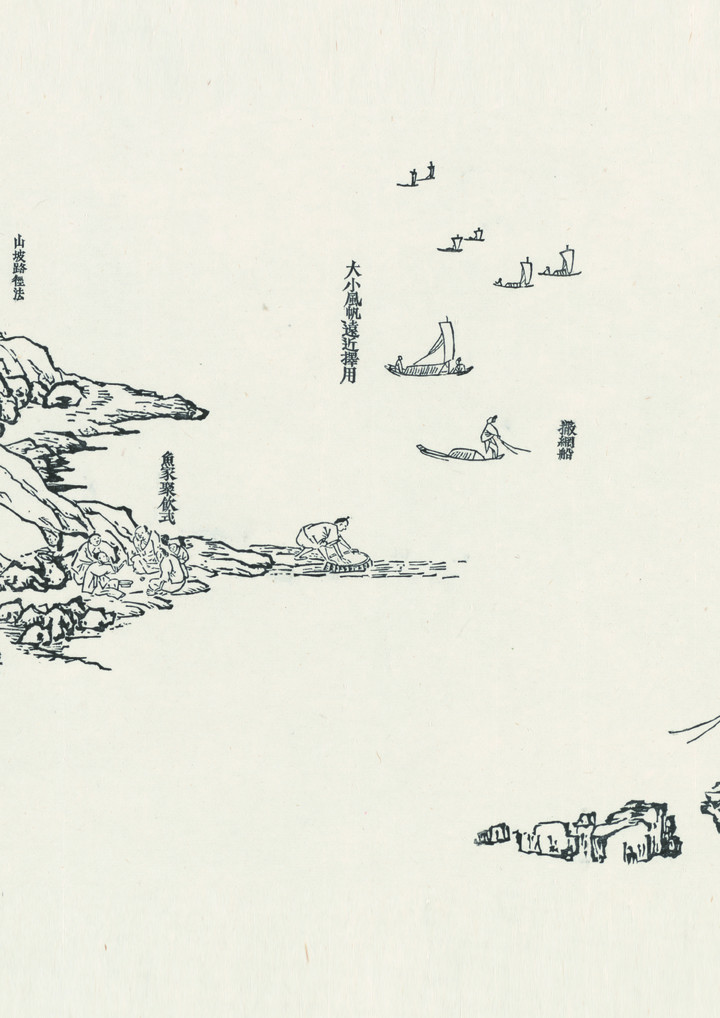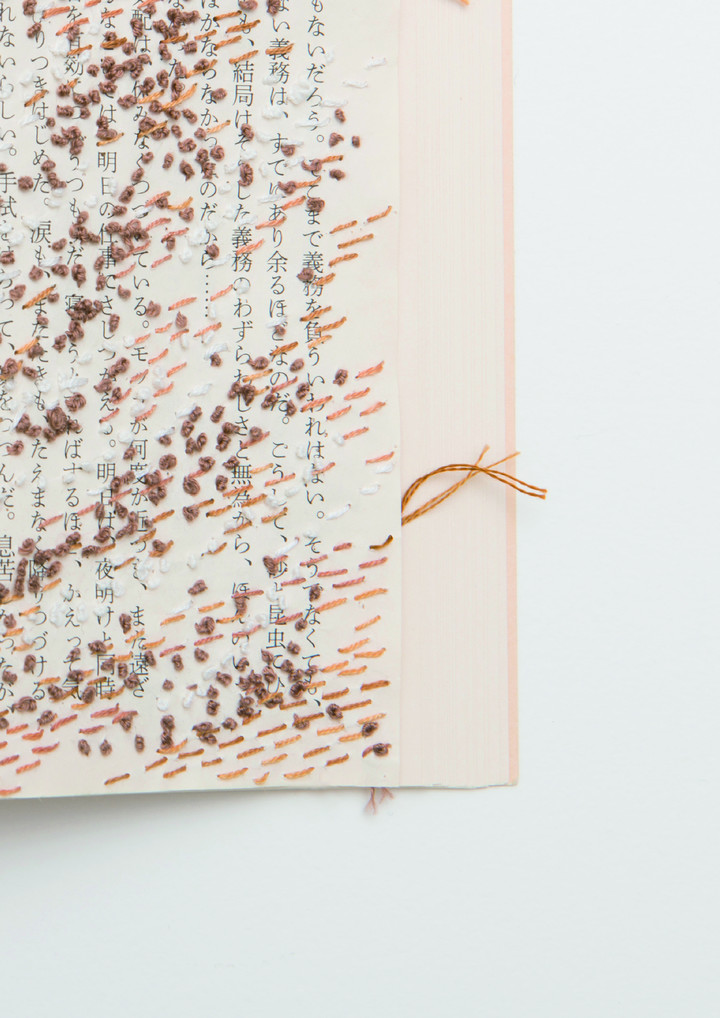
This year marks the second anniversary of the Pearl Art Museum, Shanghai. With a strong root in Chinese cultural tradition and an insightful vision towards the global art scene, the museum is pleased to present Landscape and Books, which will open to the public on January 18, 2020 and run through June 28. Featuring seven artists from China and abroad, including Chen Danqing, Asami Kiyokawa, Wang Dongling, Xu Bing, Yan Shanchun, Yang Xiaojing and Zhou Xiaoying, the exhibition presents a diverse and vivid picture of contemporary exploration and creation under the overarching theme. Thanks to their common concern about the past and the present, their works, directly or metaphorically, respond to and interact with one another, casting light on some brilliant figures, works and stories that ingeniously build connections among histories of art, literature and book.
The exhibition features over 200 pieces of contemporary prints, oil paintings, installations, artist books, antique books, ancient calligraphy and painting works, and manuscripts. Taking “books as art” as a point of departure, the museum endeavors to organize an exhibition that features the landscape of both the nature and the mind, connects the past and the present, and radiates the charisma of books. Hopefully, at the threshold of a brand new year, such a unique journey into books, art, time and memory would inspire more viewers to ponder upon the prospects of future as well as creativity.
Under the overarching themes of “landscape” and “books” there is the presence of “man”, which is in fact at the core of the exhibition. As you step into the first gallery, you’d see Chen Danqing’s Wen Zhengming Surrounded by Calligraphy Copies. The triptych depicts Wang Xizhi’s inscriptions and Wen Zhengming’s landscape albums in the form of oil on canvas. Book and painting are organically integrated. References and representations loom within the combinations of calligraphy and painting, giving out a sense of intriguing poetry. To the artist, such an act is his way to put forward the question “why we paint”. However, such imagery manages to connect the traditional and the contemporary, fostering an intriguingly poetic interplay between the landscape, book and man.
The opening gallery also features Japanese artist Asami Kiyokawa’s Our Story series. As a keen reader, she shows audience a selection of books from her own collection, including On Life (Lev Tolostoy), Thirst for Love (Yukio Mishima) and Terre des Hommes (Saint Exupéry), etc. She resorts to colours and threads to build connections between lines in an aesthetical and yet precise manner. By selecting books that she has fond memories of, and producing embroidered drawings on pages that have left a particularly strong impression, the artist manages to imbue the paper in her work with emotions, impressing viewers with its beauty of synesthesia. The threads of the stories are gathered as if braiding old memories together one by one. As the individual threads are connected, they transform into another story that would be internalized within us.
Natural landscape has been imbued with emotions, vision and reflection through the writings and drawings of man, growing into the imagery that is embedded in people’s mind and transcends any visual experience. Such transformed landscape of mind is the symbolized abstract imagery. According to artist Xu Bing, “Chinese painting is the result of signs and symbols.” It inspires him to reconstruct traditional landscape painting with three-dimensional materials, detaching it from ink and paper while approaching the core of art in a somewhat magic manner. For this exhibition Xu Bing presents an installation work entitled Background Story: Brooks and Mountains in Breezy Mist. Depicting three of the ten drawings from Wang Meng’s landscape painting album, the artist manages to compose light within air and space. Through a piece of frosted glass, a “painting of light” emerges vividly. The painting, existing within the air and shadow, functions like a “spiritual encounter between the soul of landscape and our ancestors”. The other two works Xu Bing presents, Books from the Sky and The Mustard Seed Garden Landscape Scroll, both intend to construct a dialogue with old traditions, landscape and books; and in the meantime, reflect the artist’s philosophical speculation and language of art.
The second part of the exhibition features works by artists Yan Shanchun, Yang Xiaojing and Zhou Xiaoying. They all live and work around the West Lake area and share an obsession with antique books and the history of art. Their works on display are rooted in their study of the landscape of the West Lake as well as the cultural history and center on three themes: “Publications printed at various institutes around the area”, “Literature of socialites and celebrities dwelling around the West Lake area” and “Landscape of the West Lake”. Landscape, book and people are organically integrated under the backdrop of the “West Lake”, which has remained a symbolic sign of Chinese culture for over thousands of years. Yan Shanchun’s prints build a dialogue with the scenery of the lake; Yang Xiaojing’s paintings show a close connection with antique books; and Zhou Xiaoying’s writings of postscript are directly embellished on the various ancient books. The three artists probe into the topic of “books as art” from their different and individualized perspectives.
Artist Wang Dongling, known for his big-character calligraphic style, presents Correspondence of Liu Rushi in the form of small-character wild cursive script. Simple as the letter reads, the words radiate a profound sense of affection, forming a delightful contrast to the elegance exuberated from Zhou Xiaoying’s work. Xu Bing’s Book from the Sky features an extremely sophisticated fabrication process, making it hard to believe that such an exquisite piece of “classical record” is in fact written by “pseudo Chinese characters” invented by the artist himself and hence is deprived of any practical meaning. In the postscript, composed by Fan Jingzhong and written by Zhou Xiaoying, it reads: “Xu Bing’s book is teeming with peculiar characters and novel ideas, completely breaking the boundaries of the tradition.” However, following the tradition of ancient Chinese scholars, Zhou Xiaoying writes postscript for this contemporary masterpiece which “inspires and yet hinders people’s desires for reading”.
The museum has the honor to invite art historian Fan Jingzhong to assume the role as academic moderator of the exhibition. In his curatorial text, he wrote: “The exhibition, in a sense, could be deemed as special and even pioneering, integrating the past with the present, art with antique literature. Its academic vision could be perceived from its title. The exhibition points toward art and history. Our history of civilization is the history of book, of art, and of the land we live on continuously becoming more beautiful and landscape-like. And that is the gist the exhibition intends to unfold.”
With the vision to build a “wall-less art museum” and “art academy on the move”, the Pearl Art Museum is committed to empowering the city with art and culture by introducing world-class creativity resources to the city though a holistic approach. For Landscape and Books, the museum has invited over thirty experts and scholars, including Fan Jingzhong, Bai Qianshen, Hu Xiaoming, Lü Peng, David Pearson, Yang Guanghui, Wan Muchun and Dong Jie, to give a series of high-quality public lectures to further the discussions on the topic. Moreover, the generous support from Shanghai Library and China Academy of Art has not only deepened the cultural collaboration among the Yangtze River Delta region, but also extended the boundaries for idea exchanges and communication. To ponder upon “Landscape and Books” within a global context offers participants and viewers an opportunity to probe into the future by reviewing the contemporary.




















